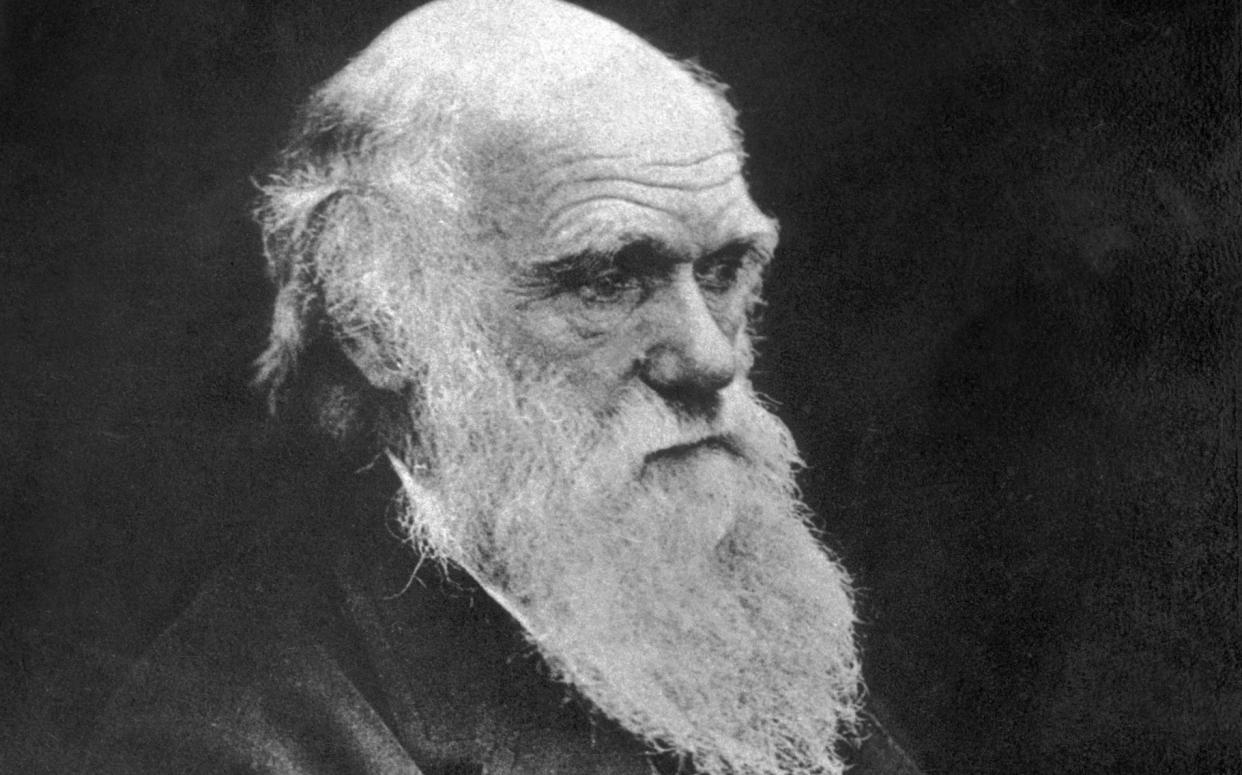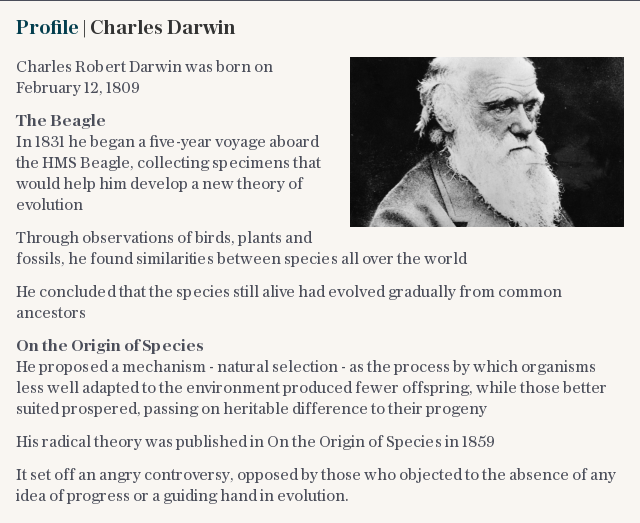Potato plant discovered by Charles Darwin to go on display after being found in cupboard

A potato plant collected by Charles Darwin during his voyage on HMS Beagle is among dozens of rare botanical items to go on display to the public for the first time.
The plant specimen was re-discovered in a cupboard of the Royal Horticultural Society (RHS) five years ago after being discovered by the famous naturalist on an island off Chile in 1835.
"It's part of the history of science," Tivvy Harvey, keeper of the RHS herbarium told the BBC.
"It was part of the voyage and the voyage led to the theory of evolution."
It will go on display as part of a £5m project to develop the RHS’s National Centre for Horticultural Science and Learning.
The centre, to be built at RHS Garden Wisley in Surrey, will have state-of-the-art research facilities and will conserve and showcase over one million nationally important science and heritage items, the charity says.
It will house more than 86,000 herbarium specimens, 24,000 insect specimens, 30,000 pieces of botanical art, 250,000 photographs and 100,000 books, all of which chart more than half a millennium of gardening history.
RHS director general, Sue Biggs, said: "Over the next five years, thanks to National Lottery players, we will reveal incredible horticultural treasures to the public so people can experience the wonders of gardening and see why we need everyone everywhere to garden and grow plants for the good of people, plants and the planet.

The centre, which will open in 2020 and is being primarily funded by a grant from the National Lottery, will also house an early example of cultivated lavender as well as thousands of varieties of daffodils.
It will highlight the RHS’ work to save the plant in 1916 after it was almost wiped out by a mystery disease.
Staff at the society discovered that by heating bulbs for four hours a 43C they could destroy the worm that was causing the bulbs to rot.
As a result of his work thousands of narcissus varieties could be sterilised and saved, ensuring the survival of the species.

 Yahoo News
Yahoo News 
